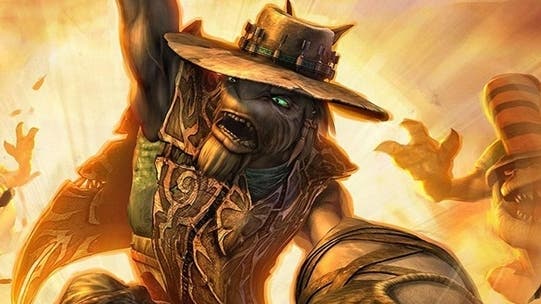Stranger's Wrath is still brilliant 15 years on - and the new Switch port is impressive
Oddworld's best mobile work yet?
As one of the last major releases for the original Xbox, Oddworld: Stranger's Wrath is also one of the most memorable games on the system, taking the series to new places with a cross between third-person platforming and first-person shooting. With its unique weapons system, open-ended mission design and fascinating story, it's a game that always felt special and still holds up today - and it's recently received an impressive Switch conversion.
The original Xbox release was something of a technical achievement, managing to push the hardware further than many other contemporary releases - but some might say that it was the right game at the wrong time, failing to break even. Its lack of commercial success ensured that the series went silent until the arrival of the 2015 PlayStation 3 HD remaster helmed by UK-based studio, Just Add Water.
It's in this rendition of the game where most of the major changes were made - changes that persist across many of the subsequent releases of the game, including the new Switch conversion. Character and enemy models were overhauled with hugely boosted polygon counts, detailed new textures were added to the mix, cutscenes refined, foliage improved and crucially, the performance was bumped up to 60 frames per second. It wasn't entirely flawless, but it was an amazing conversion of a landmark game and its great to see its DNA persist into new releases years later. JAW's updates eventually made their way to PC as well, while PS Vita also received a solid conversion of the game, albeit one limited to 30fps.
The Switch version runs on the most modern console hardware the game has been hosted on to date, offering the chance for the best overall package. It's certainly an excellent game, but again, it's not quite perfect. Looking back, the original Xbox version operated at 480p, the PlayStation 3 remaster delivered 720p while PS Vita offered up display-native 544p (albeit with a performance reduction back to the original 30fps). With Switch, docked mode delivers a full 1080p output - which is a nice improvement over previous console versions - while handheld mode offers the same 720p as PS3, also making it a pixel-perfect match for the screen. Just like PS3, 60 frames per second is the target.
In addition, the Switch rendition also offers up new options, including a couple of anti-aliasing features. The PlayStation 3 game utilised Sony ATG's MLAA edge-smoothing anti-aliasing, but the Switch port gives users three options: MSAA, FXAA or alternatively, no AA whatsoever. It should come as no surprise to learn that MSAA offers a superior image for the most part with very clean edges throughout - but as you might anticipate, there are some performance issues as a consequence. The key takeaway is that the option is there for a noticeable boost to image quality on the Nintendo system, but the chances are that the default FXAA option is the one you'll stick with.
While the resolution boost and MSAA option are nice ways to take advantage of the Switch's more modern GPU, there are some curious cutbacks on the conversion. Texture filtering is set to a low level resulting in blurry textures at oblique angles - so even wit itsmuch lower pixel-count, the PlayStation 3 game can actually resolve more detail in this area. On top of that, the PS3 version has far fewer foliage distance draw issues, while grass chunks noticeably pop in to view on Switch.
It's slightly distracting on the Nintendo machine, especially as it's almost a complete non-issue on PS3. My guess would be that this might be a bandwidth issue - a problem common with Switch titles. The bump in resolution combined with limited bandwidth likely have a stronger impact on performance and may have prompted the developer to pull in the vegetation distance on the new port. Actually, there are three areas in total where PS3 has an advantage - we've discussed texture filtering and foliage draw distance, but less importantly, the pre-rendered FMV videos also have a small quality boost on the older system. Visually speaking, Switch has its resolution boost but there is a new feature - shadows on decorators such as foliage, something not seen on PS3. Elsewhere, it's essentially a match with the original remaster
However, there are some really nice additions put into place for Switch users. First of all, you can choose between a new UI or swap back to the 2015 version initially developed for touch screens. Secondly, there are more adjustable options for camera control and positioning, including the original camera option, which wasn't present in the PS3 game. I also enjoyed the addition of gyro aiming, which feels excellent and allows for increased precision (in fairness, this was also available on PS Vita). For those returning to the game, I also found the option to skip the tutorial and cutscenes very welcome.


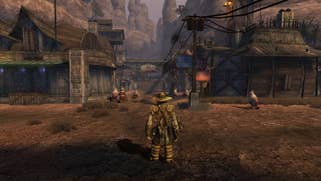
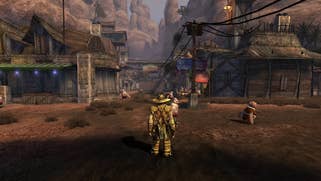

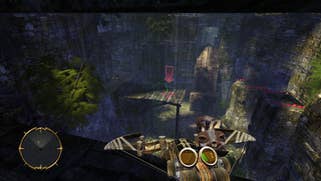
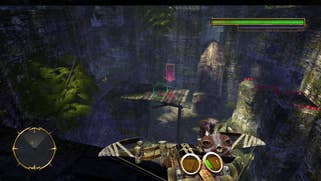
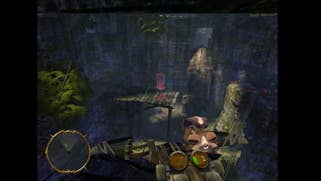

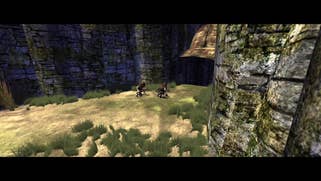
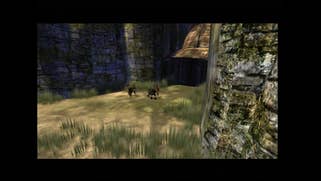
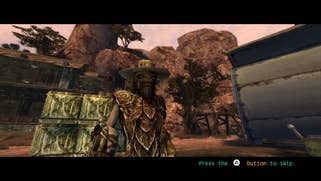
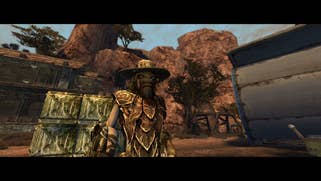
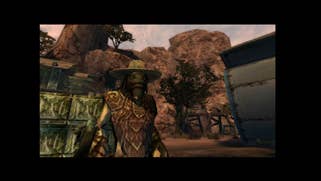
The real challenge here is performance and by and large, the game runs nicely. On default settings, it's very similar to the PS3 version - a mostly locked 60fps, but there are some dips in complex areas and also while moving quickly between areas. However, as nice as it is for the presentation, engaging the MSAA mode can bring performance down into mid-40s territory in docked mode, which isn't particularly pleasant. Interestingly, the hit to performance with MSAA isn't anywhere near as bad in handheld mode, where the combination of excellent anti-aliasing and native resolution produces one of the cleanest Switch presentations I've seen on the system. Those looking for a further performance boost by disabling AA are likely to be disappointed: frame-rates are pretty much in line with the FXAA option.
MSAA is an intriguing option to have, but it doesn't quite pay off. I would have really liked to have seen a further option: a locked, properly frame-paced 30fps that not only engaged this high-level anti-aliasing but also improved texture filtering quality while restoring the foliage draw distance at least to PS3 spec. To be clear, I'd still prefer to play in the default 60fps FXAA mode, but the performance hit while playing docked with MSAA is so high, it may be more useful to reserve it as part of a gamut of visual quality upgrades.
Ultimately though, this is an impressive conversion of a rightly celebrated title - a genuinely classic slice of gaming history. Stranger's Wrath on Switch is a title that still manages to feel fresh today, even though the original Xbox release has just celebrated its 15th birthday. Alongside many other ports to the system, the nature of the Switch itself means that by default it's also the best handheld version of the game and beyond that there's little more to add - I highly recommend checking it out.
